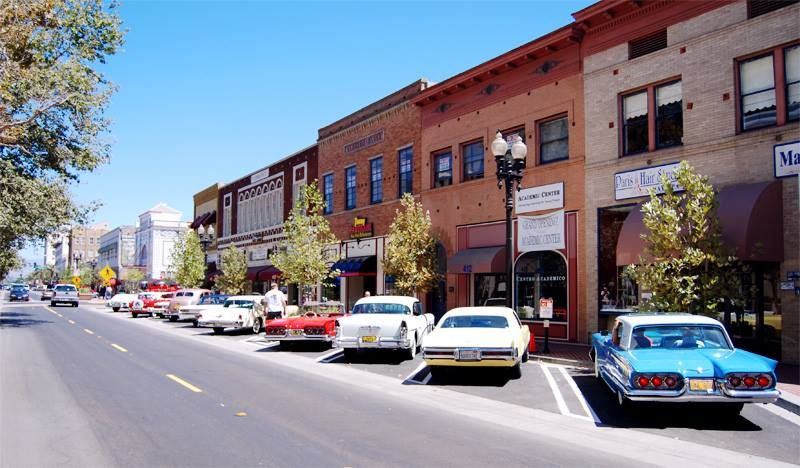
What would you do if you couldn’t conduct business for an extended period of time? Would you be able to survive if damage occurred and you were out of business for several weeks or months?
The answer for most small business owners is no.
Business interruption insurance can be as vital to your survival as a business owner as fire, flood, or any other type of business insurance. Most people would never consider opening a business without buying insurance to cover damage due to these types of risks.
Unfortunately, too many small business owners fail to think about how they would manage if a fire or other disaster damaged their business premises to the point where they were temporarily unable to conduct business.
Business interruption insurance covers you for lost income if your company has to vacate the premises due to disaster-related damage that is covered under your property insurance policy, such as a fire.
It also covers the revenue you would have earned, based on your financial records, had the disaster not occurred. The policy also covers operating expenses, like electricity, that continue even though business activities have come to a temporary halt.
How much is Business Interruption insurance?
The price of the business interruption policy is related to the risk of a fire or other disaster damaging your premises.
All other things being equal, the price would probably be higher for a restaurant than a real estate agency for example because of the greater risk of fire.
Also, a real estate agency can more easily operate out of another location.
Call our office today to discuss your options, or head over to our quotes page to get the process started!
Santa Ana
Santa Ana, city, seat (1889) of Orange county, southern California, U.S. It lies at the base of the Santa Ana Mountains, on the Santa Ana River. It was explored by the Spaniard Gaspar de Portolá in 1769, and Juan Pablo Grijalva was subsequently (1801) given a land grant for the area, which he named Rancho Santiago de Santa Ana and developed for cattle grazing and agriculture. William H. Spurgeon purchased part of the land from Grijalva’s heirs and laid out a town in 1869. The community developed as a centre for the farm produce of the Santa Ana valley after the Southern Pacific Railroad connected it (1878) to Los Angeles. Nearby military installations and freeway construction spurred residential and industrial growth after World War II.
Santa Ana is the county seat and second most populous city in Orange County, California, and with a population of 324,528 at the 2010 census, Santa Ana is the 57th-most populous city in the United States.
Founded in 1869, Santa Ana is located in Southern California adjacent to the Santa Ana River, 10 miles (16 km) away from the California coast. The city is part of the Los Angeles–Long Beach–Santa Ana metropolitan area which, according to the U.S. Census Bureau, is the second largest metropolitan area in the U.S., with almost thirteen million people. According to the 2000 U.S. Census, of U.S. cities with more than 300,000 people, Santa Ana is the 4th-most densely populated behind only New York City, San Francisco, and Chicago, and slightly denser than Boston.
Santa Ana lends its name to the Santa Ana Freeway (I-5), which runs through the city. It also shares its name with the nearby Santa Ana Mountains, and the infamous Santa Ana winds, which have historically fueled seasonal wildfires throughout Southern California. The current Office of Management and Budget (OMB) metropolitan designation for the Orange County Area is ""Santa Ana-Anaheim-Irvine, CA"".
Nearby Cities:
